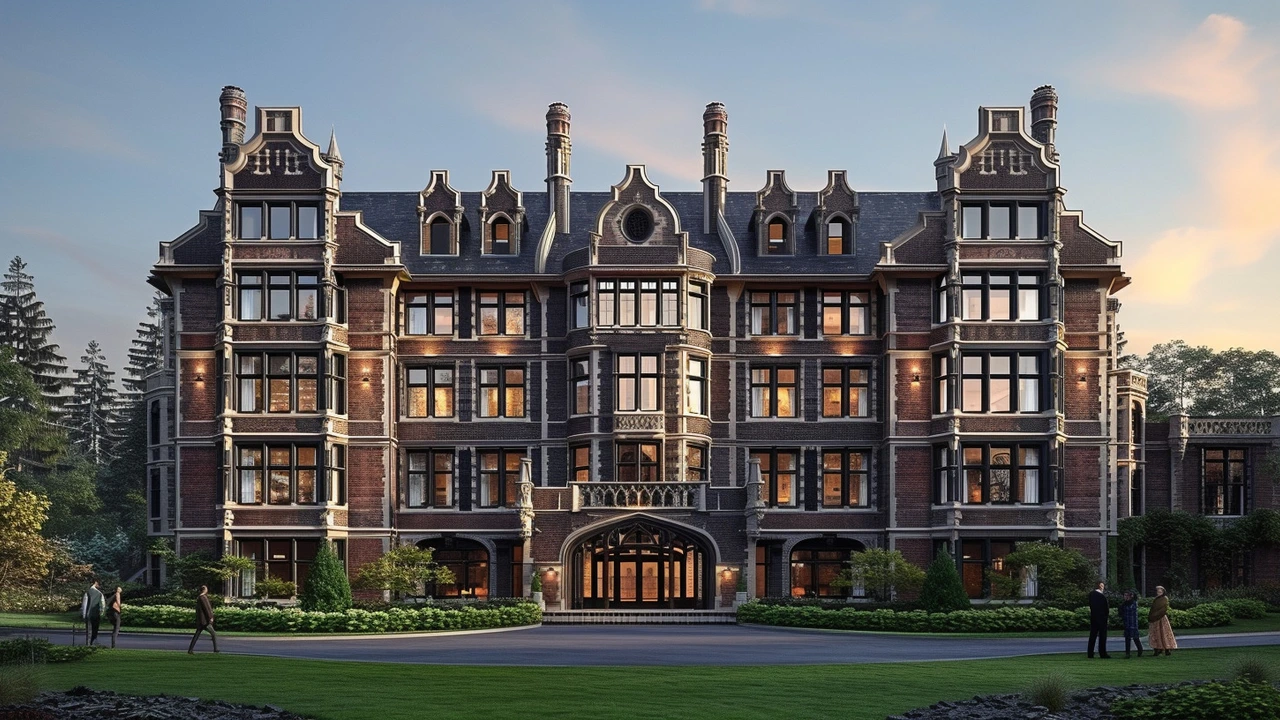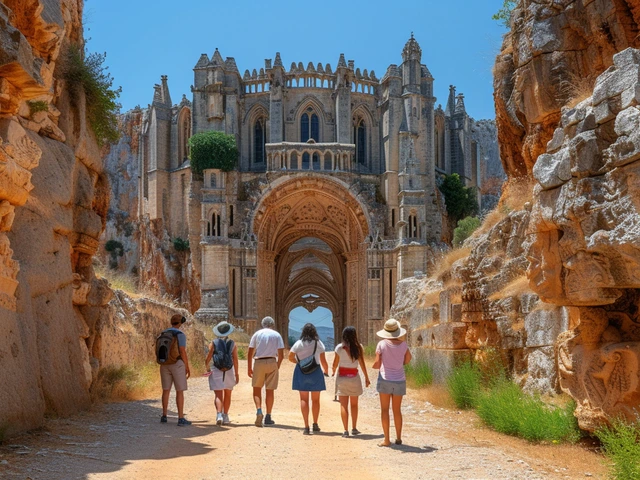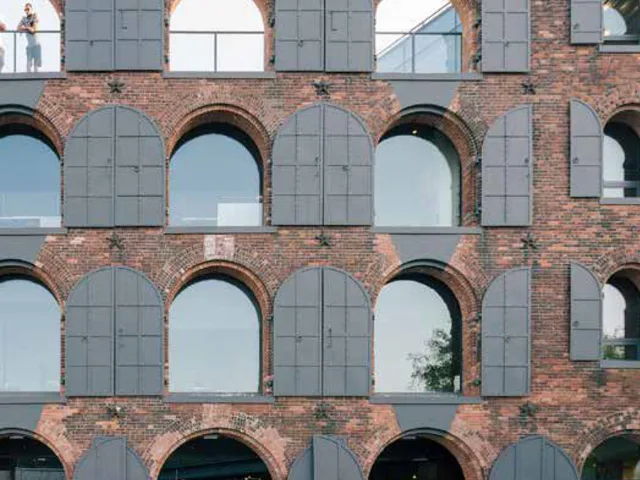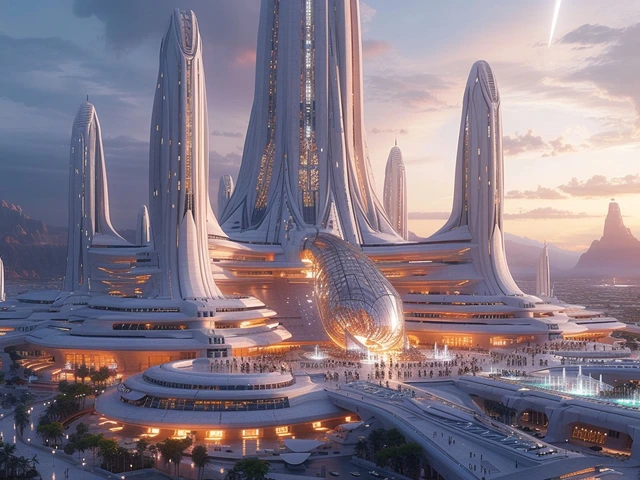The Birth of Renaissance Revival Architecture
Let's dive headfirst into our topic of the day - the Renaissance Revival Architecture. This is a style that brings me personally a unique sense of delight and fascination. Picture this: It's the 19th century, and Italy is experiencing a great rebirth or 'Rinascimento' in arts, architecture, science, and philosophy. The world of architecture is pulsating with the vigor of rediscovery as it reaches back into the grandeur of Greece and Rome, creating structures that are grand, symmetrical, and harmonious. This is the world that introduced the wonders of Renaissance Revival Architecture to us.
During this era of dormancy in architectural designs, there arose a group of architects like a phoenix from the ashes, who strove to infuse the structures of buildings with the essence of classic antiquity. They didn't merely create structures; they crafted stories, breathed life into materials, and engulfed the world in a wave of architectural revolution. If you've seen the striking edifices of Italian palazzos, French Chateaus, or even the Buckingham Palace in England, you've glimpsed the majesty of Renaissance Revival.
Renaissance Revival: A Decorative Extravaganza
The Renaissance Revival style held the power to transform even the most conventional buildings into pieces of artistic extravagance with its elaborate adorning elements such as columns, pilasters, pediments, arches - the works. It's like architects during the Renaissance Revival period woke up one day and said to the world, "Let's make our buildings more flamboyant!"
I mean, why would you create a regular, plain-looking building when you could make it an impressive display of aesthetic brilliance? Imagine the thrill of living in an architectural marvel that could transport you to the breathtaking world of Italian renaissance. It was like living in a work of art. No plain Jane kind of structures here folks!
Renaissance Revival: The Confluence of Arts and Sciences
Another aspect that's worth mentioning (and admiring) about Renaissance Revival Architecture is the spectacular confluence of arts and sciences that it symbolizes. The step-by-step, meticulous planning of these structures, their mathematical precision alongside the artistic creativity is mind-boggling, to say the least.
We're looking at people who could dissect a building into its individual components, study each aspect to perfection, and then assemble the structure again. These architects were not just builders; they were scientists, mathematicians, artists, and creators all wrapped in one! Now, I can do many things, but creating a beautiful, awe-inspiring building from scratch - that's some serious talent, my friend!
Emblematic Structures of the Renaissance Revival Era
Let's talk emblematic structures, shall we? Some of the most striking examples that perfectly encapsulate the spirit of Renaissance Revival architecture include The Breakers in Newport, Rhode Island, the Smithsonian Institution Building in Washington, D.C., and the private mansion of Henry Clay Frick in New York City. These buildings exude opulence, elegance, and are grandeur personified.
They show us that architecture during this period was not just about building structures. It was about creating an experience, a journey through time and space in brick and mortar. It was about bringing forth the grandeur of the past, dressing it up in the present, and thereby claiming the future. There's something wonderfully audacious about that, something that I admire as an architecture enthusiast.
Renaissance Revival vs Gothic Revival
When it comes to the architecture styles of the 19th century, the tension between the Gothic Revival and Renaissance Revival is the stuff of legends. Oh, what an epic battle it was! It's like the Team Edward vs Team Jacob of architecture, only with fewer teenage werewolves and more buildings. On one side of the coin, you had the Gothic Revival era, with its pointed arches, steep-sloping roofs, and emphasis on verticality. On the other side, you had Renaissance Revival, characterized by symmetry, balance, and principles of order borrowed from the ancient Greeks and Romans.
I wouldn't care to pick a side in this architectural feud because, well, I find both styles to have their own unique appeal. However, I find it fascinating how both styles emerged almost simultaneously, each offering a different lens through which to interpret and connect with the past. Told you, I am a huge architecture nerd!
The Influence of Renaissance Revival in The Modern Age
What strikes me as utterly fascinating is how Renaissance Revival architecture continues to influence and inspire the way structures around the world are designed today. From museums to government buildings, from hotels to universities, the timeless elegance of Renaissance Revival continues to leave an indelible mark.
If you've ever traveled to the United States, you'd see how Renaissance Revival style still punctuates the American architectural landscape with a classic, historic flavor. Whether it's the Los Angeles County Courthouse or the monumental Capitol Hill in Washington, D.C., Renaissance Revival is very much alive and thriving. All you need to do is take a closer look!
So there you have it, a brief journey through the fascinating world of Renaissance Revival Architecture. Remember, architecture is not just about bricks and beams; it's about creating spaces that resonate with our past, present, and future. It echoes the spirit of the times, the aspirations of a society, and the ingenuity of the human mind. It's art you can live in!





Leave a Comments